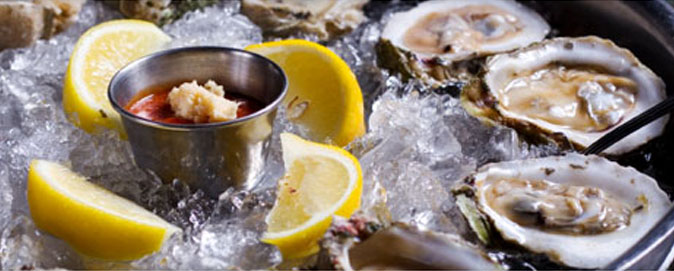
Shellfish are one of Mother Nature’s most perfect foods – healthful, nutritious and delicious – when properly handled, refrigerated and prepared. However, improperly handled shellfish can cause illness. Follow these guidelines to assure the shellfish you serve are as perfect as Mother Nature meant them to be.
- When purchasing live shellfish, do so only from a reputable source. Ask to see the tags that by law must accompany every lot of shellfish. The tag will tell you when the shellfish were harvested and from where. If the shellfish purveyor can’t provide you with a tag, don’t buy from them!
- Check the shellfish to make sure that none are dead or gaping partially open. If any are gaping, tap on the shell — a live oyster or clam will immediately close its shell back up. Discard any shellfish that are dead or have broken shell that leaves the meat exposed. The batch should smell fresh – like an ocean breeze.
- After purchasing your shellfish make sure they stay cold on the trip home. They should be held at temperatures between 35˚F and 45˚F to assure optimum meat quality and safety. Ask the seller to provide you with a bag of ice to set the shellfish on, then put them in a shaded place. Or, bring ice or gel packs with you to place around the shellfish for the trip home – ideally in an ice chest.
- Place the shellfish immediately into refrigeration that is at least 45˚F. Refrigerate live clams, mussels, and oysters covered with a moist cloth in an open container for up to 5 days. Do not store live shellfish in water or in airtight bags or containers where they could suffocate and die. Storing live shellfish in salt water shortens their shelf life. Storing them in fresh water kills them.
- Remove oysters from refrigeration just before preparing and serving. Do not cook or eat shellfish that have died during storage.
